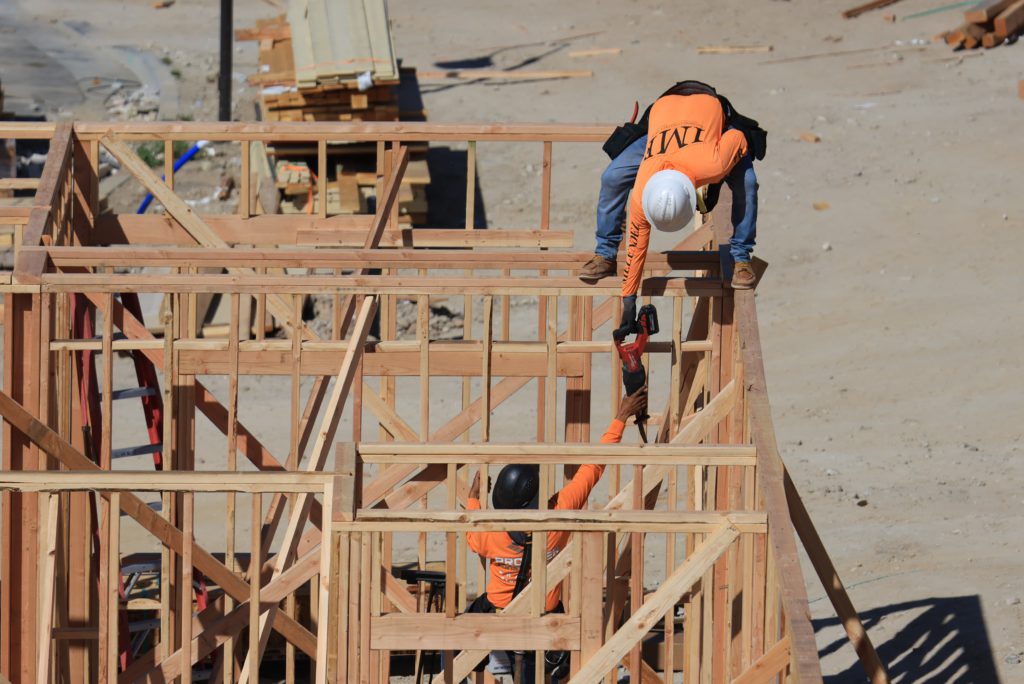When it comes to the construction of buildings, structural integrity is paramount. The strength and durability of a structure rely heavily on its framework. In this article, we’ll delve into the critical role that wall framing plays in ensuring the structural integrity of a building, with a particular focus on steel framing.
The Foundation of Every Structure: Wall Framing
Wall framing creates the skeletal structure of interior and exterior walls within a building. This framework is the foundation for everything that follows in the construction process. Wall framing not only defines the shape and layout of a building but also provides essential support for various architectural and structural elements.
The Evolution of Wall Framing: From Wood to Steel
Traditionally, wall framing was primarily done using wood, which is still in many cases. Wood framing has its advantages, including affordability and ease of use. However, steel framing has gained popularity in recent years due to its exceptional strength, durability, and other benefits.
The Benefits of Steel Framing
Strength and Durability:
Steel is incredibly strong, making it an ideal choice for wall framing. Unlike wood, steel does not warp, twist, or rot. Extreme weather, seismic activity, and huge loads are all things it can survive. This strength contributes significantly to the structural integrity of a building.
Consistency and Precision:
Steel framing components are manufactured to precise specifications, ensuring uniformity and consistency in the framing process. This precision results in straight walls, square corners, and a level foundation for the rest of the construction.
Fire Resistance:
Steel is non-combustible, providing a higher fire resistance level than wood framing. This can be a crucial safety factor in a fire, protecting both the structure and its occupants.

Termite and Pest Resistance:
Unlike wood, steel is not susceptible to termite infestations or other pests. This eliminates the need for chemical treatments and ensures long-term stability.
The Process of Steel Wall Framing
The process of steel wall framing involves several key steps:
Design and Planning:
The first step is to create a detailed plan specifying the steel framing components’ size and placement. This plan serves as a blueprint for the entire framing process.
Cutting and Fabrication:
Steel studs and tracks are cut and fabricated according to the design specifications. Precision is crucial to ensure that all components fit together seamlessly.
Installation:
Steel framing components are installed according to the plan. This involves attaching steel studs to the building’s foundation and connecting them with horizontal tracks at the top and bottom. The framing is secured using fasteners and connectors designed for steel framing.
Bracing and Reinforcement:
Bracing is added to provide additional stability and prevent lateral movement. In areas where there is a high risk of earthquakes or strong winds, this is essential.
Integration with Other Systems:
Steel framing is integrated with other building systems, including electrical, plumbing, and HVAC, as needed. Cutouts and openings are carefully coordinated to accommodate these systems.
Applications of Steel Wall Framing
Steel wall framing is versatile and can be used in various types of construction projects, including:
Residential Construction:
Steel framing is becoming increasingly popular in residential construction due to its strength and durability. It provides a stable framework for homes and can support multiple stories.
Commercial and Industrial Buildings:
Steel framing is used to construct commercial and industrial structures, including warehouses, office buildings, and factories. Its load-bearing capacity makes it suitable for these applications.
Interior Walls:
Steel framing is also used for interior walls, supporting drywall, insulation, and other wall finishes. It offers a sturdy and level surface for interior spaces.
In the construction world, wall framing is the backbone of structural integrity, shaping the very essence of a building. While wood framing has long been a standard choice, steel framing has emerged as a powerful alternative, offering unparalleled strength, durability, and other benefits. Whether in residential, commercial, or industrial construction, steel framing is pivotal in ensuring a solid structure for years.
As technology and materials advance, the future of wall framing holds exciting possibilities. Engineers and architects are continually exploring innovative ways to enhance the structural integrity of buildings, making them safer, more efficient, and environmentally friendly. As a result, the role of wall framing, whether in steel or other materials, remains an essential cornerstone of the construction industry.

